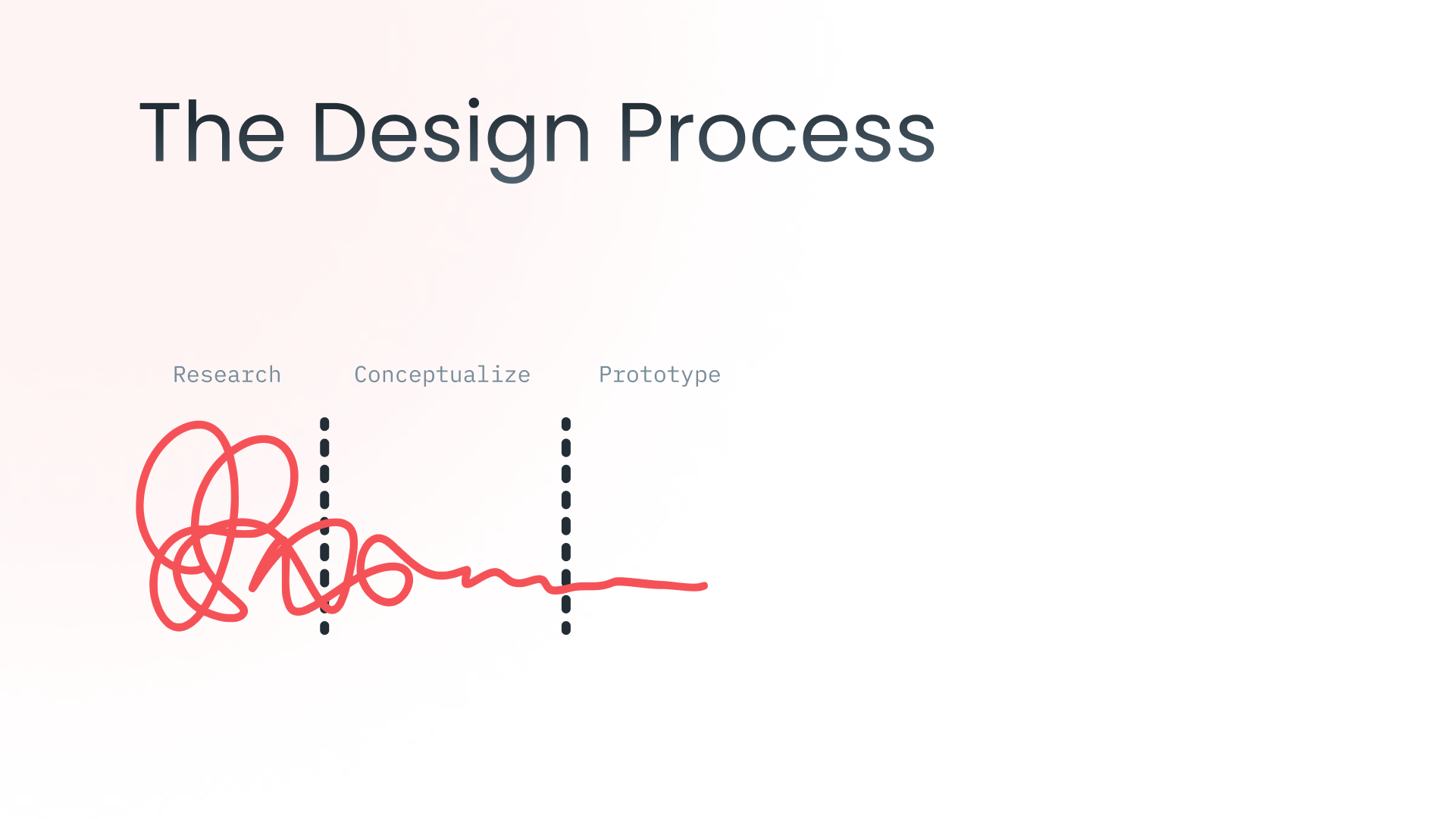
Let’s assume that you, the client, are about to start a new design project. You have requested and received a project proposal that is based on a structured, step by step process, includes different types of deliverables for different milestones and the costs have been carefully mapped to your actual project needs. Sounds great.
But you wanna be fast, and perhaps save some budget too. You think that if you cut down on the time and budget allocated on Milestone 1, and jump straight into Milestone 2, you are being extra efficient, right? Cutting down on project deliverables will make things faster and cheaper, while keeping the quality untouched, am I correct? I see you pouting right now…
Let me elaborate a bit. If your project is a simple web app for example, you want me, the designer, to skip some documentation and wireframing work (an absolute necessity for any app that has a chance of getting somewhere nowadays), and start with -say- front-end development of the app UI earlier. Basically, you want to start with something that is easier for you to visualize how it will look in the end. You want to avoid work that doesn’t seem (to you) to have a direct relation to the desirable outcome.
These ‘down-cutting’ decisions can make you feel like you are in control of what and how it’s happening. But are you really in control? Well, you are not wasting resources on tasks you find unnecessary, that is true. But are they unnecessary? You are confident that if the app goes to market successfully, you can fix problems and make improvements later. But will an ill-structured UI ever get to ship successfully?
Not really. If that was the case, I wouldn’t be writing this article anyway.
As a client, you need to understand that because you are getting design services, you should not expect to only get visual design deliverables. Communications, documentation, reports and guidelines, sketches and mockups are all vital parts of the design process, they are all necessary to build a solid foundation for the upcoming work. By trying to over-control the process, skipping early steps and specific deliverables, you are setting yourself a trap to fall into later.
As a client, you are unlikely to have the insights and experience you need in order to decide what is necessary and what is not. This is something I can do, because I am a designer with design project experience (sounds obvious, I know).
As a designer, I intend to protect you from arbitrary decisions that may damage your project, your budget, your mood and my professional reputation, a commonly overlooked factor of success for any professional service delivered. You see there is a lot at stake here.
Omitting documentation, conceptualization and early sketches,drafts and prototypes will only transfer the visibility of major architectural obstacles to a later milestone.The problems will keep living and growing unaddressed, until we bump our heads on them. Note that this type of obstacles are project-blockers most of the times. They will make you realize that you have left important considerations out of the creative discussion, and these considerations are much more time-consuming to address now.
Problems in the architecture of a UI tend to have a proliferative rather than additive effect. Changes on the architecture of a visual design are much more time consuming to apply later, when they affect numerous things on a given project. This type of changes can extend the project significantly, even multiply the overall delivery time, resulting into projects gone out of scale, out of budget, out of time, even cancelled in some cases. These sound very much like situations that affect quality, don’t they? (remember par.2)
Projects «gone out of scale, out of budget, out of time, even cancelled» is not something a professional designer goes after. No professional can benefit from chaotic situations, no professional can do their best work without the information, discussion and feedback they need, in the format they need it, when they need it, in order to progress safely.
The point of my article is: do not overlook the process and the non-design deliverables. It will not serve you, the project, or the designer well. Discuss your concerns early, collaborate, define requests and restrictions in depth, set a tight schedule if it works for you. But whatever you do, find a designer you can trust to do her work properly, and let her guide you through the process.

Leave a reply